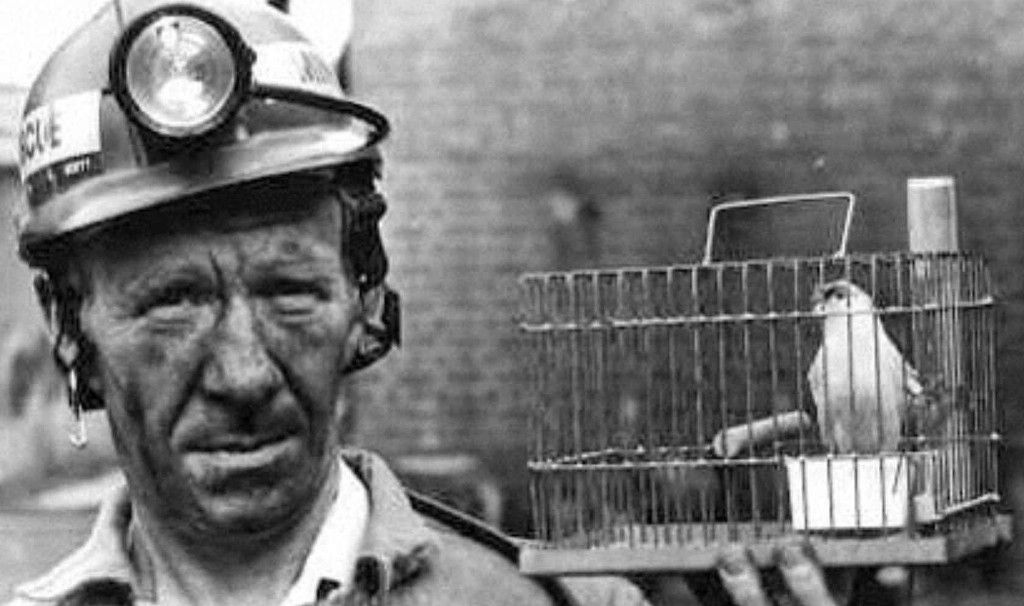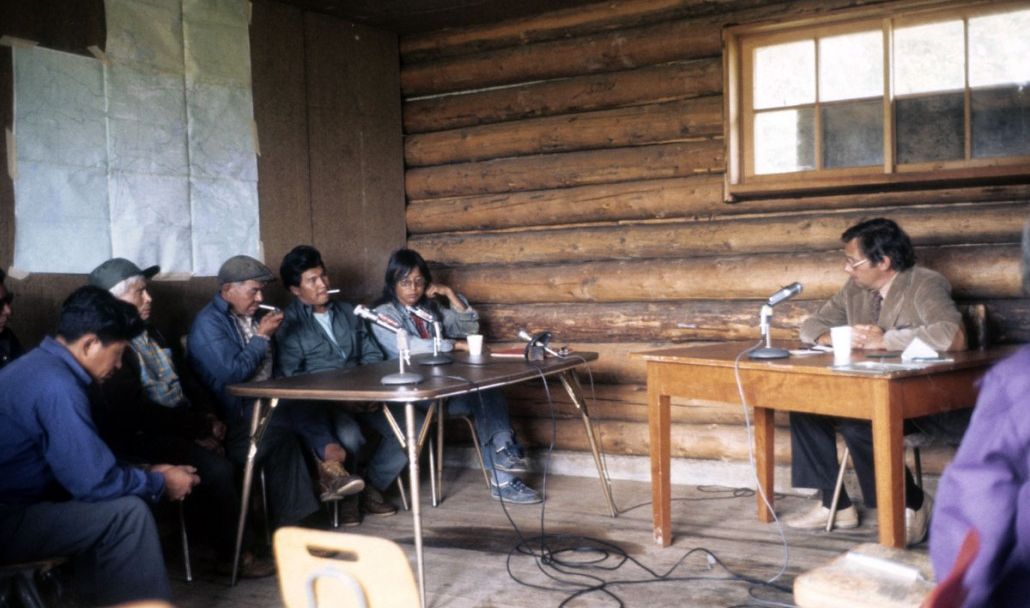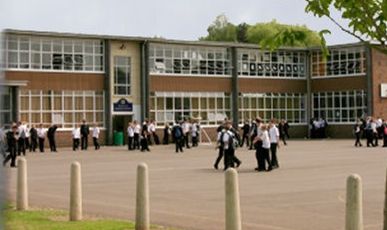Written by a BC teacher.
After weeks of hearing about the nightmare of states in the US reopening their economies amid the COVID-19 pandemic, we knew it was coming. The reopening of the Canadian economy!
Granted, the pandemic has not been as devastating in Canada as in the US, but that doesn’t say much. The US response has been an utter disaster, while Canada’s has been, and still is, too little too late. Canadian hospitals have not been overwhelmed but COVID-19 is not under control in Canada. BC is a bit better but, let’s not kid ourselves, COVID-19 is still out there, that there is no vaccine, and Canada’s levels of testing continues to be totally inadequate.
Heading into the May long weekend, BC’s NDP-Green government announced that the following week the economy would be gradually reopening and that on June 1 schools would be reopening as well.
Immediately, teachers’ stress levels went through the roof. We’ve spent two months trying to make remote learning work and missing face-to-face interactions with our students. But that doesn’t mean that most of us feel like it is safe to reopen public schools.
BC’s 60 school districts are cooperating with the government’s plan. In my District a survey to parents is meant to determine how many students will be returning (it is optional for students) and a District plan will be based on this. Currently, elementary students are set to return to 50% in-class instruction and high school students to 20% in-class instruction. The government has instructed Districts to build safe return to work plans in consultation with staff.
Some teachers may opt out and teach from home if they are immune compromised, have documented underlying health conditions, are recovering from or receiving cancer treatment or are 60 or older. Everyone else has to return to work. Live with a person who is immune compromised or someone over 60? Too bad!
The questions and concerns are endless. WorkSafe BC has released a document stating that the first step is to “use policies and procedures to keep people at a safe physical distance from one another” and failing that to “install barriers such as Plexiglas to separate people.” How do you enforce social distancing with 10 to 15 children ages 5 to 18? Children, who in some cases, haven’t seen their friends in months! If half of our students show up, we cannot ensure social distancing. What happens if someone at furthest from the door needs to go to the washroom? Does everyone in the class move to get out of the way? The District has already ruled out the use of Plexiglas barriers in classrooms. Even if students can socially distance in class, what happens in hallways when the bell goes?
What about cognitively impaired students who cannot understand the new protocols, who require physical guidance or who process and communicate kinesthetically? What about those who need toileting? Some parents may send their sick kids to school because they themselves desperately need to go to work to support their family. Who will care for these children? Alternatively, some children have been caring for their immune-compromised relatives for the last few months because their parents are minimum-wage, front-line workers. They will not have the option to return to school. The choice to return to school won’t be an exercise in free will for many.
Custodians are expected to clean, and wipe down frequently used surfaces in between shifts of students. Yet, the BC government will not be providing any additional funding for cleaning materials or for hiring additional staff. All additional cleaning costs will be coming out of the already over-stretched Districts’ budgets.
Will teachers be provided with PPE? Nope! My union Health and Safety rep says, “it won’t help us anyway” and “besides, the Ministry doesn’t want to buy masks for the 40,000 teachers.” And this on the same day where Dr. Tam, Canada’s Chief Public Health Officer, emphasized the importance of wearing masks in public places in the coming months.
According to one medically-unqualified administrator, children don’t really get the virus and don’t really pass it on anyway, so social distancing and PPE are a moot point. Strange! The same day another senior administrator sent out an email warning parents to keep symptomatic students at home. So, which is it?
WorkSafe BC states that school safety plans should “maintain 2 metre physical distancing whenever possible between workers and students.” As this is impossible in schools, it seems that WorkSafe BC protocols are going to be the first victims of this return to work.
This is not even to mention non-health related concerns. Teachers are expected to teach returning students in class while also maintaining their remote teaching with students who’ve opted not to return out of health concerns. So, each teacher will have to clone a duplicate, one to teach in school and one on-line. It’s not comforting that so far, the District “safety plan” sounds about as safe as a dumpster fire with an increased workload to boot.
In all of this, teachers and many administrators are asking themselves, “Why now? Why four weeks before summer break?” Enter BC’s head-doctor Bonnie Henry!
Yesterday Dr. Bonnie Henry announced that BC’s plan for schools is what students across Canada might expect for the next school year. “We’ll be learning from the experience that we have in June to make sure that we have things that are working both for the staff and the educators…as well as the students and the family.”
Clearly, the NDP, the Greens and Dr. Henry have volunteered BC’s teachers and students to be the canaries to test out the air. I miss my students but when my colleagues’ and students’ health is in play there is no urgency to return to class for a few weeks before the summer break in the middle of a pandemic.
The idea is to prepare for the second wave of COVID-19 cases, most likely to hit in the fall. Dr. Henry added: “What I hope we can do is create a level of safety so that we can get our economy going, our schools going, work going – but not to the level that we were in December.” Easy to say when you’re not coaxing a dozen 8-year olds to be safe and sit still six feet apart from their friends. Easy to say when you’re not an elder stressing out because you’re picking up your grandchild from school because their parents have been forced back to work. We keep getting told that “we’re in this together” but clearly some of us are going to be the canaries.




